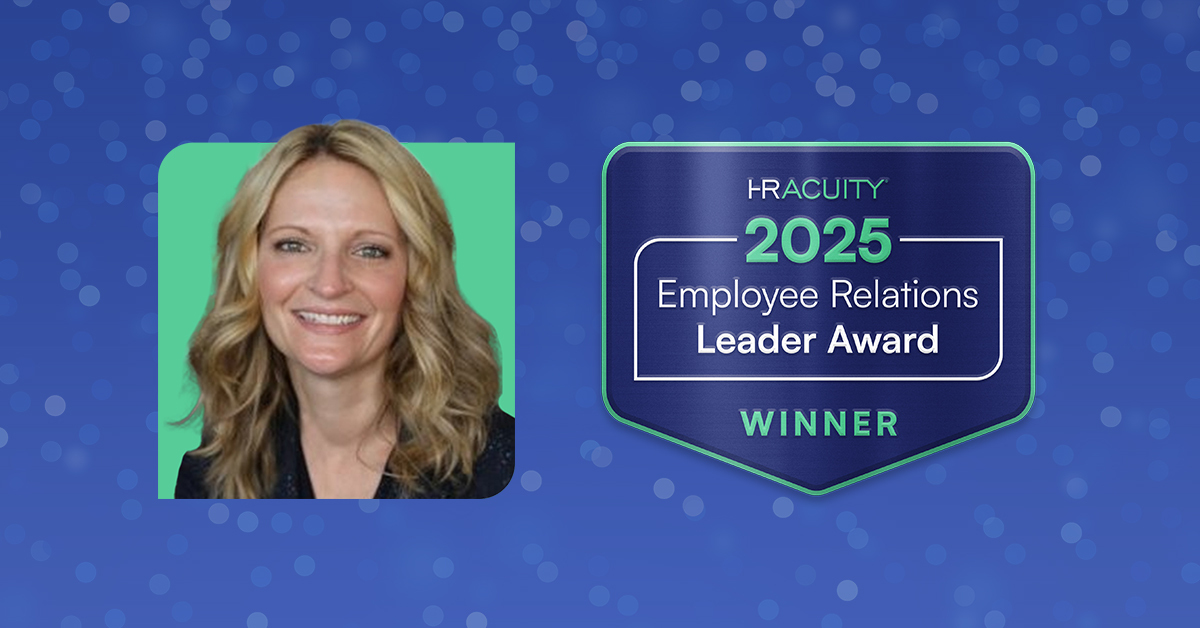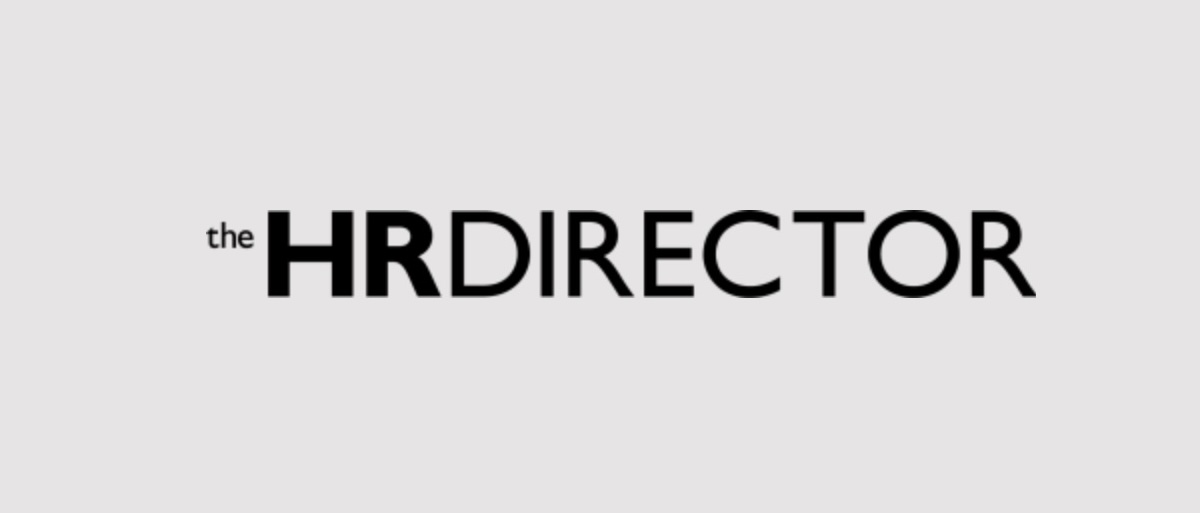When people think of Human Resources, their interaction at work is most likely with the employee relations team. The employee relations person is the one you go to when you struggle with your boss, workload, or co-workers, but she’s also the person you see when your boss is having trouble with you. If you’re getting put on a performance improvement plan, being laid off, or straight-out fired, it’s the employee relations person who will be there for that.
But, sometimes the Employee Relations Brand can be less than perfect. If there are inconsistent policies or sexual harassment isn’t dealt with immediately and fairly, people can develop negative feelings towards their HR department. Good interactions breed good feelings, but sometimes ER has the job of presenting bad news and that results in negative opinions—even if HR handled everything perfectly.
Of course, most employee relations professionals are good at what they do. Most companies don’t want to have horrible people on staff. But, we need to build the brand and improve employee relations if we’re going to make a real difference. We don’t do that through snazzy Instagram posts. Here’s how we do it.
Be Good at Your Job
Do not take sides until after you’ve investigated. Your position should be one of protecting the company as a whole; not protecting the management team. The #MeToo scandals showed how protecting management over the company as a whole can have long-term negative effects. HR is never the final decision-maker in these situations, but employee relations took the fall. CEOs can override an ER recommendation, but it’s us that look bad. It’s important to speak up and act appropriately at all times.
You have to be fair. Every time. You have to look at what is best for the long-term health of the company to make progress towards improving employee relations in the workplace.
And it’s not just harassment and discrimination issues. How do you react when an employee comes to you with a health problem? Do you see if they qualify for FMLA, ADA protection, or need a bit of extra compassion? Or do you hope they don’t ask for any of that? When a manager comes in and wants to fire someone, do you rubber stamp it, or do you have a process to verify that everything is fair? Do you have the proper documentation for everything? If you quit today, would your replacement be capable of reading your documentation and picking up right where you left off?
One person terminated unfairly can sour a whole department. One racist employee can cause extreme tension. One bully can increase your turnover and decrease your productivity. You must be on top of your game for every situation to protect the ER brand.
Be There for the Good Stuff
Managers should always have a witness when they tackle disciplinary issues. That’s usually an HR person, and that’s great. But they rarely ask you to attend when they want to praise an employee. And here, we have another opportunity to improve employee relations and its brand in the workplace.
That’s perfectly logical. There’s very little risk when a manager says “great job!” but a lot of risk when a manager says “terrible job!” But, what if you were there for the good stuff? What if when people saw you coming, they thought, “someone’s going to get promoted!” and not “someone’s going to get fired!”
This isn’t to steal the thunder from the manager. Managers should always deliver important news—good and bad. This is to help develop trust between employee relations and employees. When you stop being a sign of bad things, but a sign of good and helpful things, people will naturally trust you more—even when you are delivering bad news.
Know the Staff
If you are always in your office, if people don’t know who their employee relations person is, or if people feel like they need to be a manager to talk to you, then you can’t be effective in your job.
If your employees are all onsite, then employee relations by walking around is essential. It may not be practical for you to know everyone’s name, but everyone should know yours! If your responsibilities cover more than one shift, make sure you don’t skip some shifts. The night shift deserves a great employee relations person, just as much as the day shift does.
If you have remote workers, make an effort to get to know everyone. Join in on Slack Conversations. Make a phone call from time to time to issue praise.
It’s crucial that they feel you are part of their team. Employees can’t do that if they don’t know you.
Stand Up for What’s Right
HR is never the boss and never has the final say. The CEO can always overrule your suggestion. And sometimes that doesn’t really matter. After all, any legal dress code is okay in the long run, even if you think people would be happier with open-toed shoes and jeans. But, when it comes down to important issues, you need to be a force.
You need to insist on handling sexual harassers properly. Prepare yourself with documentation and research. What happened to other companies in similar circumstances? You need to enforce a no-bullying policy. That means sometimes the CFO needs a come-to-Jesus meeting with you to understand how she is to treat her employees.
Take your seat at the table. Don’t wait to be invited. Speak up.
When the leadership teams knows you will always take the position of protecting the employees and the company in the long run, and you have facts and figures to back you up, they’ll listen more. If you wait or approach things from a “well, maybe, I think it might..” position, you’re not helping your employees.
Employee relations can be a huge help to any business, but only if it’s because you’re doing a good job, everyone knows who you are, and you are a positive force. Use these best practices for improving employee relations in your organization, and let us know how they work for you!
Watch HR Acuity’s CEO Deb Muller discuss the latest trends in ER and demonstrate how our platform can help you address them in a recent webinar.




